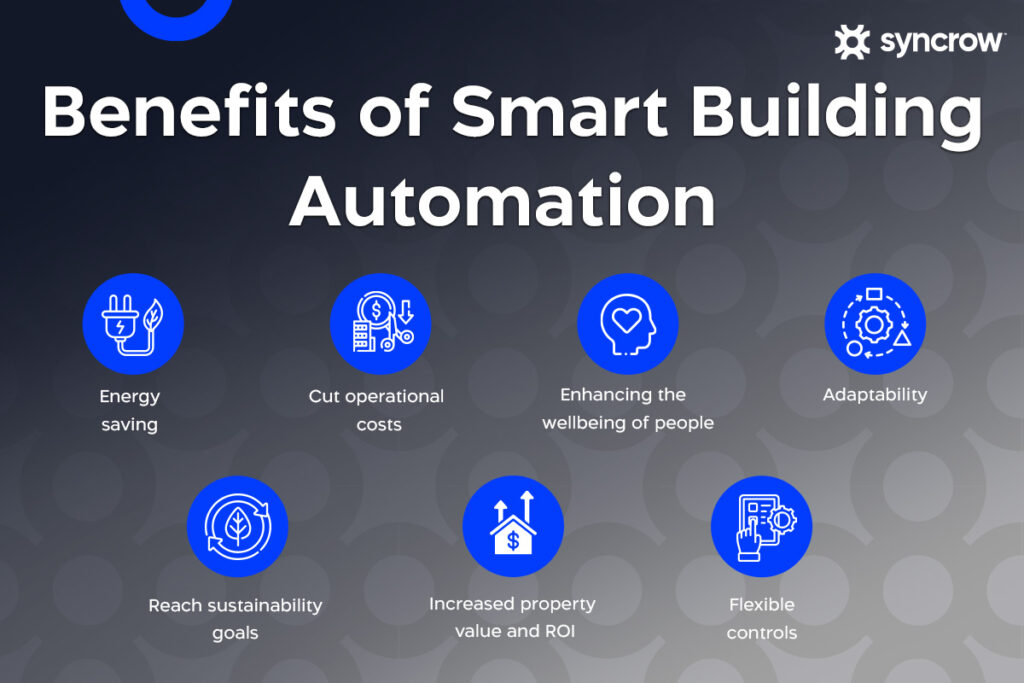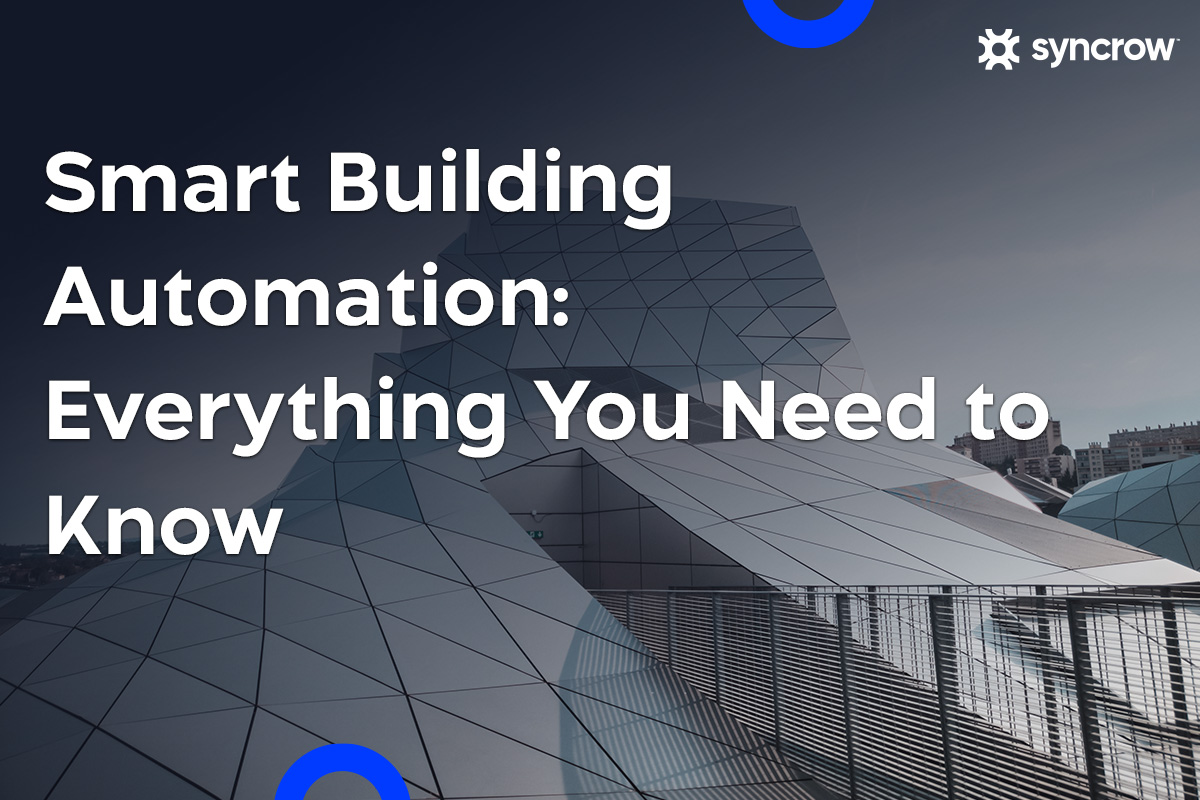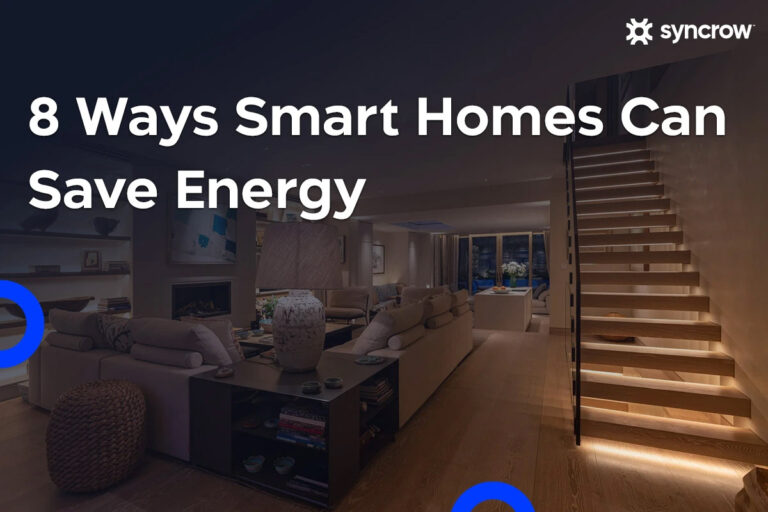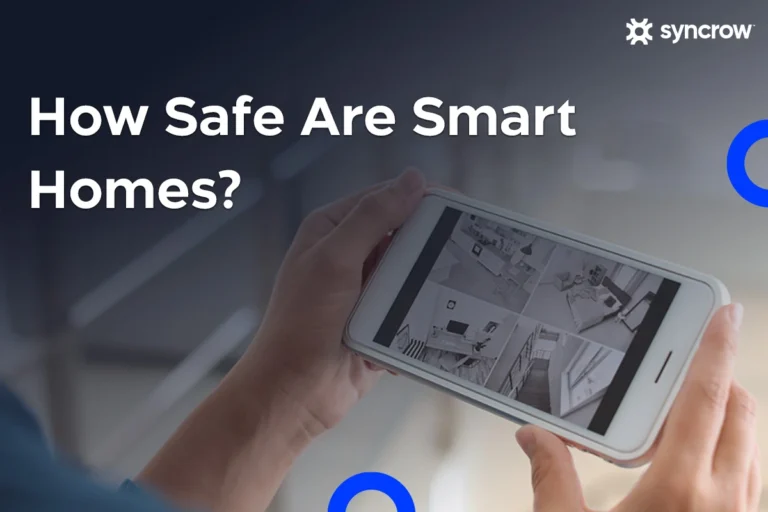As the GCC countries shift more towards technology adoption, smart building automation is gaining more traction as a key enabler of sustainable, efficient, and future-ready infrastructure. The intersection of technology, IoT, and modern buildings is revolutionizing how we live and work. Governments and developers alike are recognizing the value of integrating advanced systems that not only improve performance but also align with green and eco-friendly goals.
But what does smart building automation actually mean? And what are the key benefits it offers for businesses and individuals? Keep reading as we dive into the core concepts behind smart building systems, explore their tangible advantages, and how to implement them.
What is smart building automation?
Smart building automation refers to the integration of IoT and other smart technologies within a building to monitor, control, and optimize its daily operations. This involves a combination of hardware, such as sensors, switches, and software platforms that collect and analyze data in real-time. The purpose is to utilize technology to create an environment that is not only efficient but also adaptive to the needs of its occupants.
For example, a smart building management system can detect when a room is unoccupied to automatically turn off the lights and adjust the air conditioning. It can also predict maintenance time for equipment before they break down, and even learn occupant preferences over time to improve comfort. These systems operate with minimal human intervention, which improves accuracy, reduces manual errors, and ensures consistency in performance.
Smart building services can be used in residential towers, office buildings, hotels, hospitals, and any other type of building that can benefit from automation. In essence, smart building automation is about bringing intelligence into infrastructure, making buildings proactive rather than reactive.
Benefits of smart building automation
A smart building solution brings a host of advantages for both businesses and individuals, from cost savings to enhanced experience and more.

Energy saving
One of the most significant advantages of smart buildings is their ability to drastically reduce energy consumption. Smart sensors, automated actions, and real-time analytics can determine when and where energy is needed.
For instance, lights and HVAC units can be scheduled to run only during working hours or based on occupancy. This precision eliminates wasteful usage and results in substantial energy savings over time. Moreover, energy consumption patterns can be analyzed to identify inefficiencies and areas for improvement. This is especially important in the GCC where HVAC takes a big portion of energy consumption in most buildings.
Cut operational costs
Every business aims to optimize operational costs and boost long-term savings – and smart building automation is uniquely positioned to make that happen. By automating routine tasks and optimizing building operations, automation solutions reduce the workload on building operators and facility management teams.
Predictive maintenance also helps address issues before they escalate into costly repairs or failures. For example, building data analytics can provide detailed insights into an AC performance, triggering a maintenance check before a breakdown occurs. This reduces downtime, extends the lifespan of assets, and minimizes manual inspections.
With their large workforce and round-the-clock operations, hotels stand to gain significantly from reduced operational costs through smart building technologies.
Enhancing the wellbeing of people
A comfortable environment enhances productivity, health, and overall wellbeing. Smart systems can control lighting to mimic natural circadian cycles, improving alertness during the day and supporting restful environments in the evening.
Air quality solutions in smart buildings are also becoming increasingly popular. They regulate indoor air quality by monitoring CO2 levels and ensuring proper ventilation while optimizing other devices like humidifiers and purifiers.
Since the GCC region is known for poor air quality and the extended time individuals spend indoors, smart wellbeing solutions can greatly improve people’s daily lives. This applies to residents, hotel guests, employees, patients and more.
Adaptability
Modern smart systems are designed to evolve with the needs of the building. Whether it’s a change in how the space is used, a shift in occupancy levels, or the addition of new technologies, smart building systems can be easily scaled and reconfigured. This adaptability ensures that the building remains efficient and functional over time, accommodating new business requirements or lifestyle trends without the need for major overhauls.
Reach sustainability goals
Having sustainable solutions is a growing priority across industries and governments in the GCC. Smart buildings contribute significantly by reducing energy and water consumption, cutting down on emissions, and enabling better resource management. They also provide data that can be used for sustainability reporting and certification, helping property owners meet local and international environmental standards. Governments like the UAE and KSA have already launched initiatives and regulations to encourage buildings to report on their environmental credentials and work towards sustainability.
Increased property value and ROI
Intelligent infrastructure is a key differentiator in the real estate market. Properties equipped with advanced tehcnology are perceived as more modern, efficient, and desirable. For commercial properties, this can translate into higher rental yields and longer tenant retention. For residential developments, it often leads to faster sales and stronger buyer interest. The same also goes for hotels, where improved guest satisfaction can bring more bookings and allow hotels to charge higher.
Flexible controls
Managing complex buildings becomes much easier with centralized platforms. Facility managers can access lighting, HVAC, security systems, and energy data from a single dashboard, streamlining operations and improving response time. This centralized approach not only saves time but also reduces the need for multiple software interfaces or on-site interventions. With remote access capabilities, building performance, permissions, and approvals can be managed and monitored anytime, from anywhere.
Components of smart building systems
A smart building system can come in many forms, but overall, it consists of two fundamental layers: IoT devices and a software platform that brings everything together.
IoT devices
These are the devices that monitor environmental conditions, detect movement, track usage patterns, and control other systems. Examples include occupancy sensors, thermostats, light switches, energy meters, cameras, and air quality monitors. The great benefit of IoT devices is that they provide more data and communicate with the central IoT platform (the software), enabling real-time responses, environmental controls, and more.
Software layer (for building control)
This is the brain of any smart building. Depending on its functionality, the software can be traditional, like a building management system (BMS), or advanced, like an IoT platform. Ideally, an advanced IoT platform should have multiple features to control all spaces and devices inside a building with options to manage permissions. The software can be accessed from the desktop using a browser or phone application, giving more freedom for building managers to control and manage operations.
More advanced platforms are working to incorporate artificial intelligence and machine learning to offer predictive capabilities, suggesting optimizations and flagging potential issues before they impact operations. The software layer is also where integration with other systems happens, such as access control, security, or renewable energy systems.
User application
In addition to the software layer used by facility teams, smart building systems often include a user-friendly application designed for individuals. Whether it’s a hotel guest, a homeowner, or an employee in a smart office, users can control their environment directly through a mobile app. This includes adjusting lighting, and temperature, or even activating pre-set automation routines like “Work Mode” or “Relax Mode”.
How to implement smart building automation
The implementation of smart building automation is becoming much easier thanks to advancements in IoT and cloud technology. Buildings no longer need to be designed from the ground up with smart features. Instead, existing infrastructure can be retrofitted with connected devices and integrated into intelligent software platforms.
The first step is understanding the building’s current operations and identifying key areas for improvement, whether it’s reducing energy costs, improving comfort, or enhancing security. Based on these goals, a roadmap for automation is developed, often starting with foundational components like HVAC and lighting control before expanding to broader systems.
This is where Syncrow comes in. As an end-to-end smart building solution provider, we empower buildings of all sizes to transition into smart environments. With our scalable IoT platform, SyncOS, we allow building managers to control multiple spaces, assign user roles, automate tasks, and gain real-time visibility into building performance. We also have our own IoT devices, ensuring greater compatibility with the platform and a seamless integration experience across all systems.
Unlike traditional building management systems, SyncOS is designed for flexibility and integration. It supports a wide range of devices and protocols, making it suitable for both new constructions and retrofitted projects. In addition, it provides reliable data insights into devices and their states in real time. Whether you’re looking to automate a residential building, office tower, hotel, hospital, or any other building, we are here to help. Reach out to us today by booking a free consultation.




